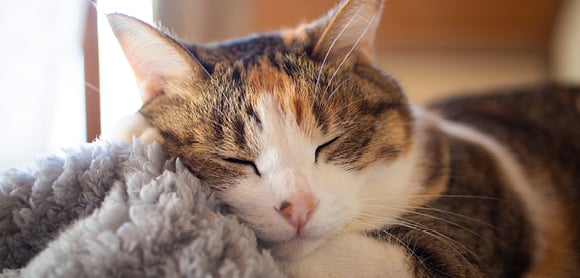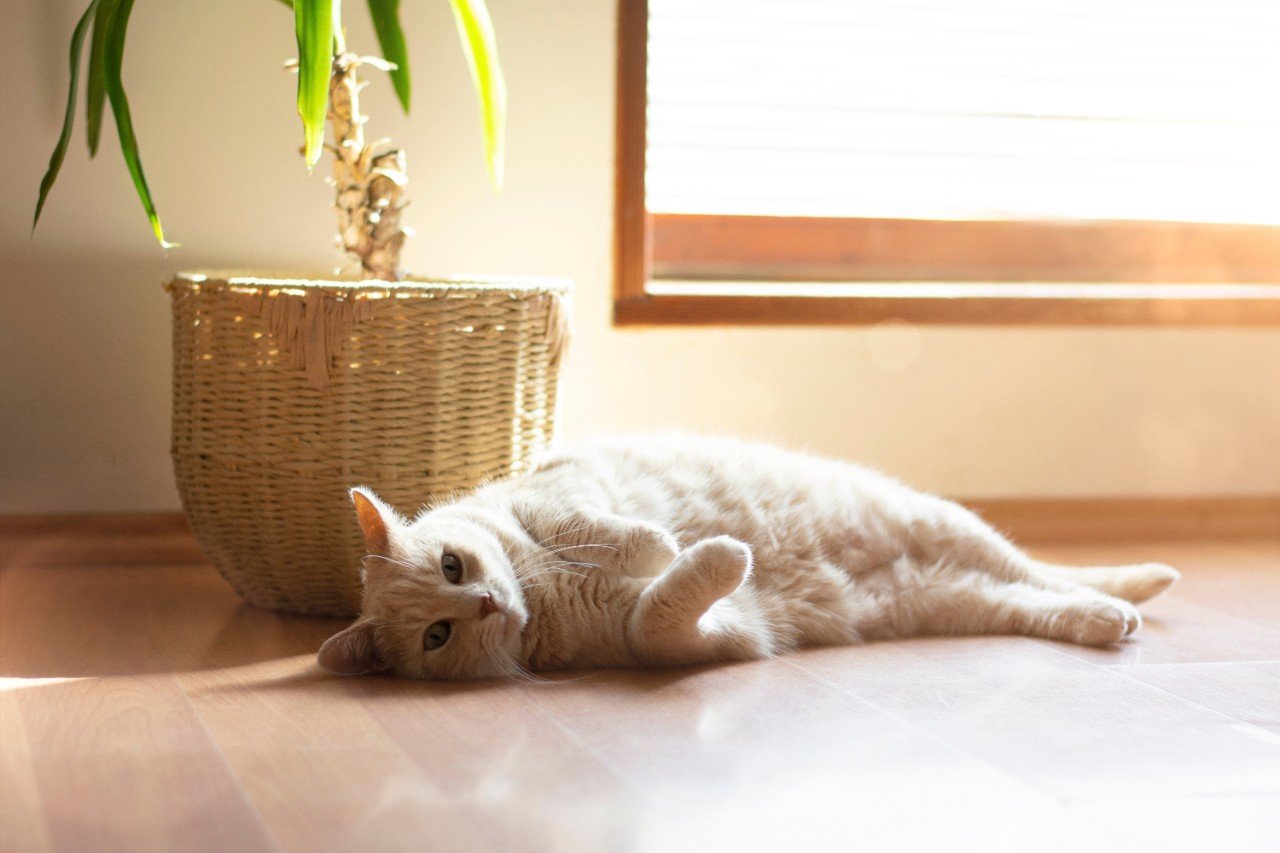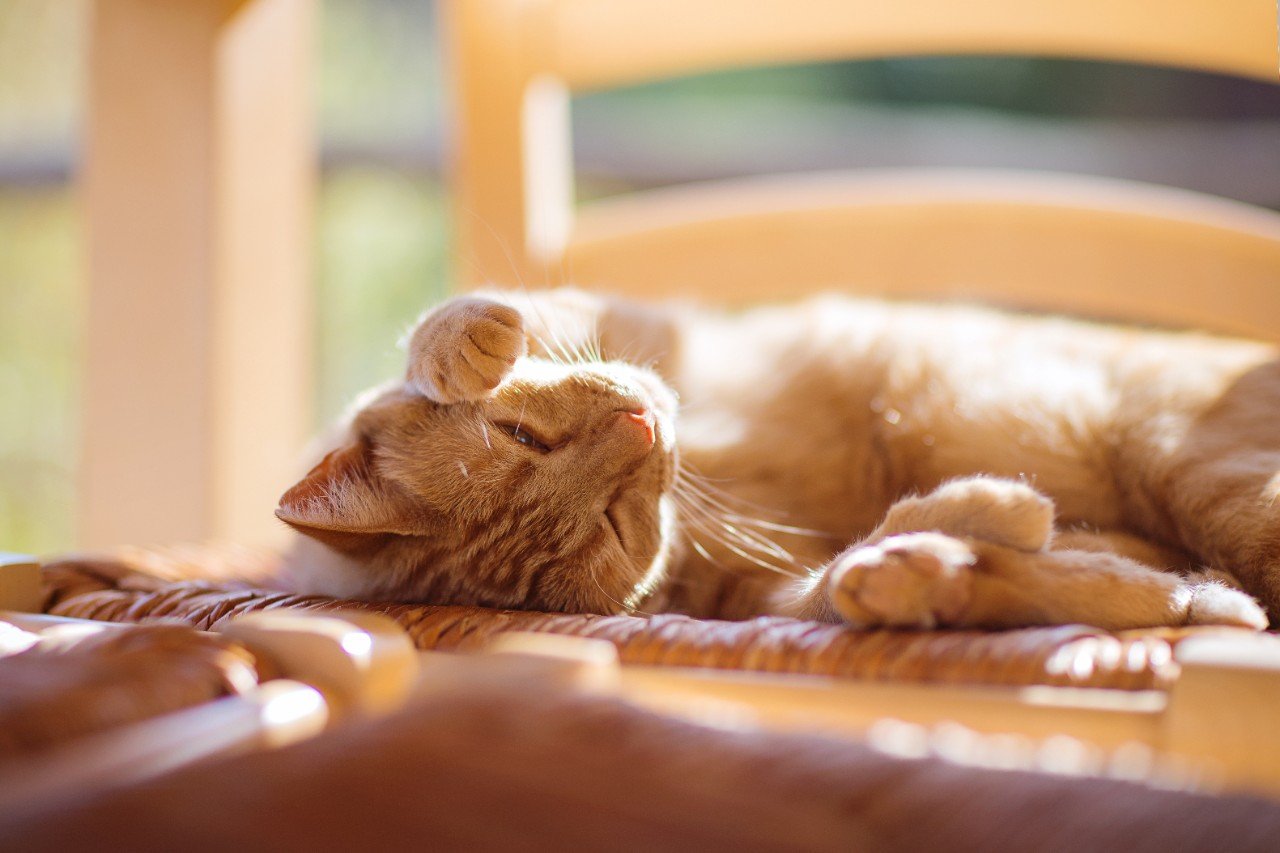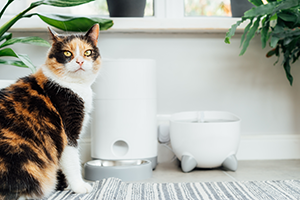4 reasons why cats lick themselves
Quick Links
Why do cats lick themselves?
1. Building bonds
2. Soothing an itch
3. Oral problems
4. Pain relief
Why is my cat overgrooming?
Cats are fastidious groomers, but sometimes this develops into an excessive grooming habit. Cats usually groom themselves after a meal or before they settle down for a nap. They’ll also groom themselves more in hot weather, as this can have a cooling effect when the damp saliva evaporates. But if your cat is constantly licking themselves, particularly in one area, this can be a sign of excessive grooming.
A cat’s excessive grooming can be a sign of stress or anxiety, as well as of abdominal pain (for example, cystitis). It could also be a sign of a chronic mild itch, due to a skin allergy. Vigorous grooming can cause the release of the ‘feel-good’ hormone endorphin, which may help your cat feel calmer. Repetitive trauma to the skin from the cat’s coarse tongue breaks the hair shafts and results in baldness, which can sometimes be extensive. In extreme cases of overgrooming, cats may chew or pull at their fur, leaving patches of red and sore skin.
Finding the triggers for overgrooming
If you suspect your cat is overgrooming, it’s best to speak to your vet. Ask your vet to rule out any possible medical causes, such as pain, parasites, skin disease or allergies.
If your vet rules out medical reasons for overgrooming and feels that the cause is likely to be behavioural, then consider working work with a qualified cat behaviourist to discover any underlying reasons for your cat’s excessive grooming.
The behaviourist will probably ask if you’ve been able to identify any reasons or patterns behind your cat’s overgrooming behaviour. So, it’s a good idea to keep a diary of how often your cat grooms excessively. Does it happen when someone noisy visits the house, or when they see something through the window? Keeping a record can help the behaviourist to create a tailored behaviour modification plan to help your cat.
Petplan is a trading name of Pet Plan Limited (Registered in England No. 1282939) and Allianz Insurance plc (Registered in England No. 84638), Registered office: 57 Ladymead, Guildford, Surrey GU1 1DB.
Pet Plan Limited is authorised and regulated by the Financial Conduct Authority. Financial Services Register No. 311969. Allianz Insurance plc is authorised by the Prudential Regulation Authority and regulated by the Financial Conduct Authority and the Prudential Regulation Authority. Financial Services Register No. 121849. Pet Plan Limited is a subsidiary of Allianz Insurance plc.


















